Coping With Postpartum Hair Loss: Tips for Relief
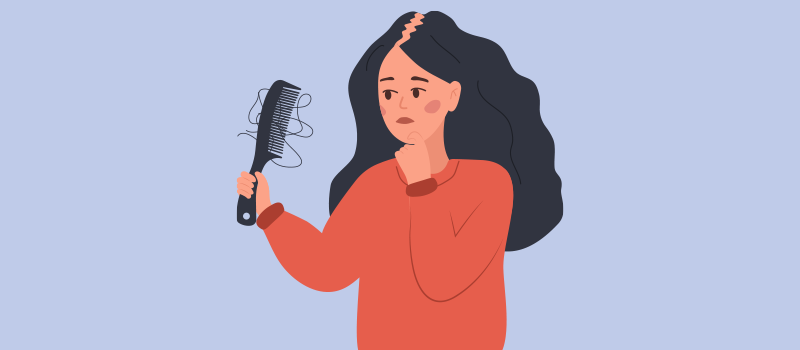
Key Takeaways
-
Postpartum hair loss is a normal and common occurrence due to hormone changes after childbirth. Most people see postpartum hair loss improve about three months after giving birth.
-
There is no proven way to prevent postpartum hair loss, but there are some things you can do to help regain confidence and make your hair appear fuller in the meantime.
- Be aware of hair tourniquets, where a hair strand wraps tightly around your baby's finger, toe, or other body part, cutting off blood circulation or leading to an infection.
If you’ve started to notice that you're shedding more hair than usual a few months after giving birth, you may be experiencing postpartum hair loss. Postpartum hair loss is a normal and common occurrence that happens due to hormone changes after childbirth. In fact, some research suggests that over 90% of women experience some form of postpartum hair loss after giving birth.
Continue reading to learn what causes women to experience postpartum hair loss, when it typically starts, how long it lasts, and ways to achieve hair regrowth after postpartum hair loss.
Why does postpartum hair loss happen?
In general, postpartum hair loss occurs due to changes in pregnancy hormones. The level of hormones in your body will fluctuate during and after pregnancy, which can lead to various physical changes, including alterations in hair growth and thickness.
Hair growth occurs in three main phases: the growing phase (anagen), the regressing phase (catagen), and the resting stage (telogen). The exogen phase can be considered an extension of the telogen stage, and this is the part of the cycle in which hair shedding occurs.
During pregnancy, the estrogen levels are higher than pre-pregnancy levels. Because of these increased estrogen levels, the exogen phase is delayed, and many hair follicles remain in the anagen or growth phase. As a result, you'll lose less hair than normal and notice a reduction in day-to-day hair shedding.
After pregnancy, known as the postpartum period, this extra hair falls out in the shedding phase. During this time, the levels of estrogen fall, and a larger percentage of hair in the anagen phase eventually progresses into the telogen phase. As a result, you'll notice excessive shedding and your hair falling out in bigger clumps than normal.
This occurrence is called telogen effluvium, which is defined as the excessive shedding of telogen hairs that can occur for various reasons, such as hormonal changes.
When this happens, it might seem like you're losing much more hair than usual, which can be concerning. But in actuality, this hair loss you’re experiencing is typically just the extra hair you maintained during pregnancy. Thus, postpartum hair loss isn't considered true hair loss.
When does postpartum hair loss start?
Postpartum hair loss can begin anytime after your baby is born. However, it's more commonly observed 2-4 months after giving birth. This is likely because it takes some time for your hair strands to transition from the anagen phase into the telogen phase, or more specifically, the exogen phase, where hair shedding occurs.
How long does postpartum hair loss last?
Postpartum hair loss will normally subside 6 months after the delivery. In most cases, you'll find that your hair regains its normal fullness and thickness by your baby's first birthday.
So, if you're still losing hair a couple of months after your baby is born, that's not a cause for concern.
That said, it is unlikely for postpartum hair loss to occur past the 15-month mark. If your hair continues to shed even after one to one and a half years, it may be best to seek professional help from a doctor or dermatologist.
How to manage and treat postpartum hair loss
There is no proven way to prevent postpartum hair loss. But rest assured that this is only a temporary phase and should resolve on its own without treatment. However, there are some things you can do to help regain confidence and make your hair appear fuller in the meantime.
Pick the right hair care products
Volumizing shampoos can help lift thin hair and make it appear fuller. It creates greater space between hair strands, helping your hair look thicker instead of thin and flat. Along with volumizing shampoo, you can try sprays, mousse, conditioners, and powders meant for thinning hair to temporarily add body, shape, and shine to your hair.
Handle your hair with care
Be careful when you wash, brush, or style your hair, especially when wet. Use curling irons, straighteners, and blow dryers on a lower heat setting to minimize heat damage, which can leave hair looking dry, brittle, and thin.
Try a different hairstyle
Avoid tight ponytails, buns, braids, or any hairstyle that causes pulling or tugging at your hair. If you have thin or fine hair, certain hairstyles and haircuts can provide more volume, depth, and dimension to your look. Wavy or curly hair tends to look thicker and fuller compared to straight hair. You can opt for heatless methods to curl your hair.
Consult your hairstylist to find out the best hairstyle to minimize the appearance of postpartum hair loss.
Prevent hair tourniquet syndrome
While you are experiencing postpartum hair loss, you’ll notice hair strands around your home. It is crucial to be aware of hair tourniquets. This is a rare occurrence where a hair strand wraps tightly around your baby's finger, toe, or other body part, cutting off blood circulation or leading to an infection. Symptoms of hair tourniquet syndrome include swelling, redness, and inconsolable crying. Seek medical treatment as soon as possible to avoid a serious medical situation.
Coping with postpartum hair loss
Postpartum hair loss is a common experience for many moms. Fortunately, this condition tends to subside before your child turns a year. However, most women do experience relief from postpartum hair loss before that. You generally won't have to seek professional help for postpartum hair loss unless the condition persists past the one-year mark.
References
-
https://journals.lww.com/ijwd/fulltext/2023/06000/investigation_of_exacerbating_factors_for.9.aspx
-
https://www.sciencedirect.com/topics/medicine-and-dentistry/hair-growth
-
https://journals.lww.com/ijwd/fulltext/2023/06000/investigation_of_exacerbating_factors_for.9.aspx
-
https://www.aad.org/public/diseases/hair-loss/insider/new-moms
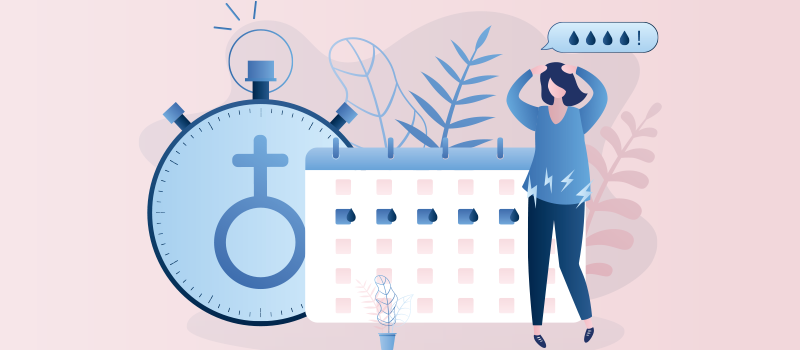


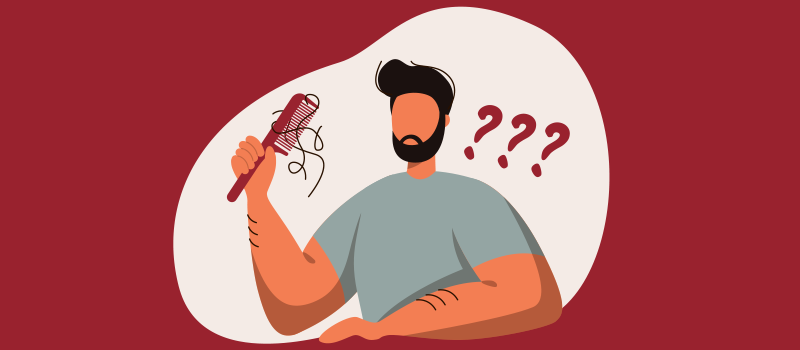



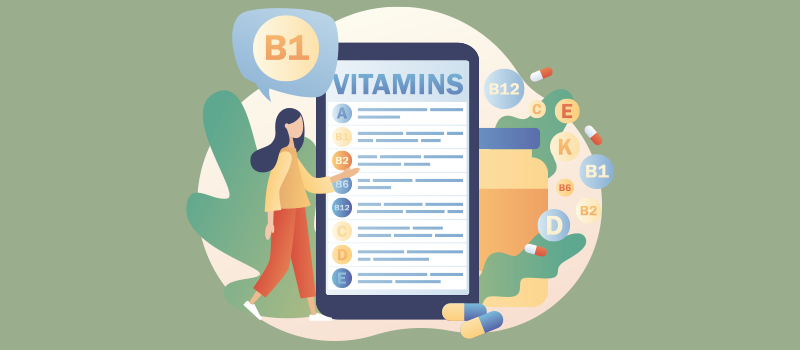



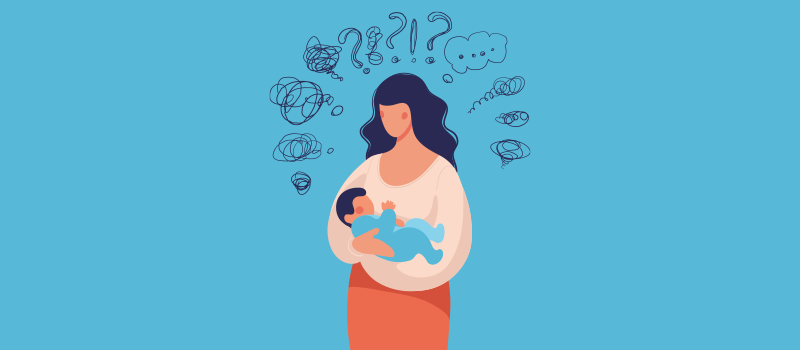
SOCIAL